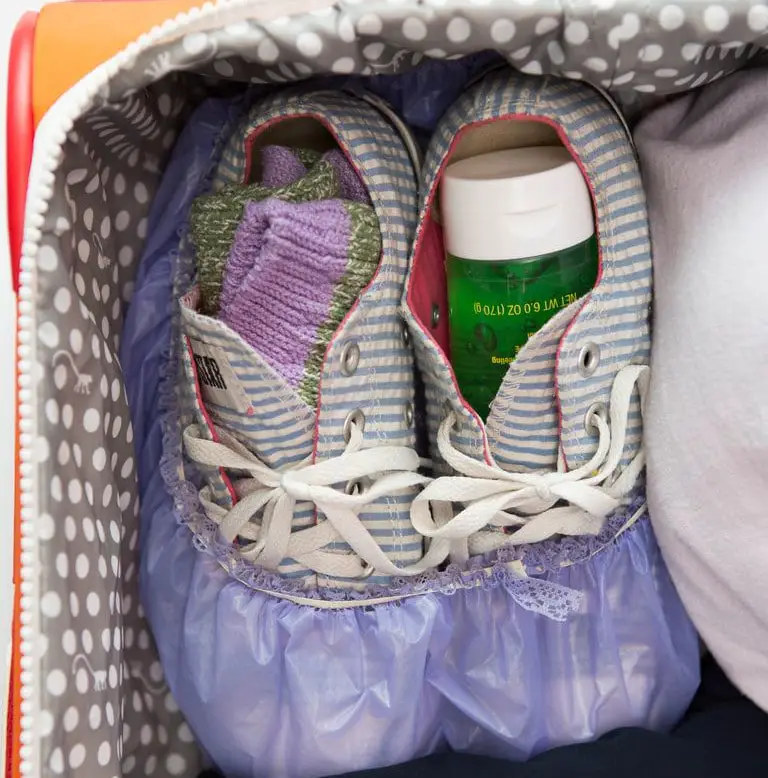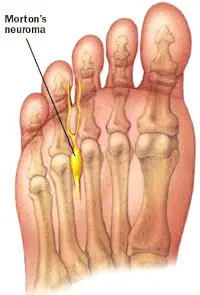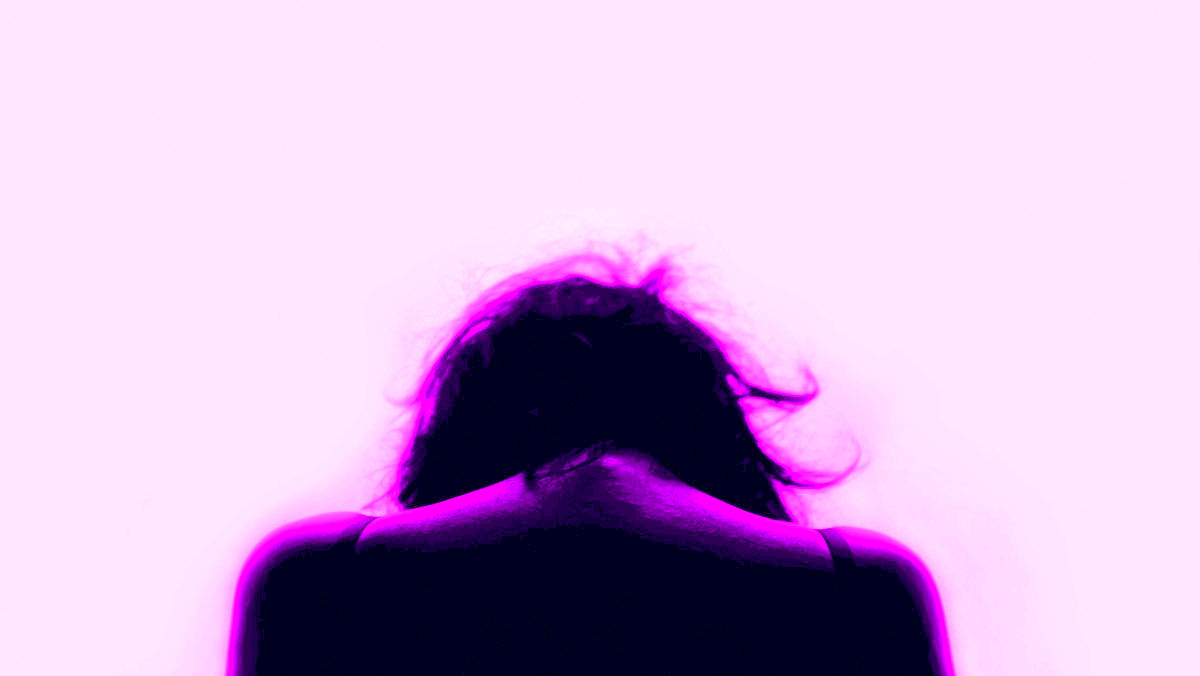Very few things are more annoying than unanticipated toe cramps. Whether the unwelcome sensation is waking you up at night or causing discomfort during your workday, toe cramps can be as perplexing as they are irritating.
Medical experts — including Mark Kosinski, a podiatrist and professor with the New York College of Podiatric Medicine; podiatric surgeon Carla Gamez of the Illinois Bone & Joint Institute; and Paul Greenberg, a podiatrist at New York University Langone Health — point to a number of possible causes that range from mild to severe.
Toe cramps are commonly caused by dehydration, nutrient deficiencies, and overexertion. Chronic toe cramping is more common in women over the age of 50 for whom an overall decline in bone and muscle health is more likely to contribute to the issue. Fortunately, many instances of toe cramping can often be resolved with at-home remedies and simple solutions. Keep reading for more on what causes toe cramps and how to best address them.
Below, we’ve rounded up eight ways to relieve the pain.
Stay hydrated

Because toe cramps are often associated with dehydration, it’s important to drink plenty of water, especially while exercising. “Causes of muscle cramping include dehydration and electrolyte imbalance (such as low potassium),” says Kosinski. “Muscle tightness and inadequate pre-workout stretching are some other causes.”
Water helps tissues and muscles function properly, so ensuring you get the daily amount (about 2.7 liters per day for women and 3.7 liters per day for men) is integral.
Exercise regularly

“Muscles can lose their strength and tone,” says Gamez. Plus, infrequent exercise can prompt you to do too much, too fast. Instead, aim for a regular exercise regimen that trains muscles to naturally support a healthy level of activity. If you’ve been physically inactive for a while, ease back into a workout regimen. A marathon workout session intended to make up for lost time will only make things worse.
Invest in well-fitting shoes

If you need one more reason to go shoe shopping, here it is. Shoes that fit poorly and don’t support your feet can cause toe cramps as well. “Shoes that are too big will cause toes to excessively grip the sole and curl up, causing cramps,” says Gamez.
When it comes to athletic shoes, Gamez says to make sure “toes have ample room in the toe box of the shoe, so the toes can wiggle. Athletic shoes should be a half-size to one size up from your current shoe size.”
What is Morton’s Neuroma?
 A pinched nerve that radiates cramping, burning, tingling, and/or numbness between the toes. It’s more common in women than in men.
A pinched nerve that radiates cramping, burning, tingling, and/or numbness between the toes. It’s more common in women than in men.
Ill-fitting shoes can lead to more problems down the road. “Morton’s neuroma is perhaps the most common cause of cramping in the toes,” adds Greenberg. As Greenberg explains, Morton’s neuroma, a type of pinched nerve in the foot. “It is aggravated by activity, including lunges, push-ups, high-heel shoes as well as tight shoes. Treatment options include shoe modifications (i.e. wider shoes), activity modification, injection therapy, and surgery. Approximately 5 percent of patients with this condition require surgical treatment.”
Eat a healthy diet
Frequent causes of toe cramps include deficiencies in calcium, potassium, and magnesium. Snack on healthy fare to ensure your nutrient levels are on the up-and-up. Nuts and seeds are rich in magnesium, avocados and bananas contain potassium, and leafy greens are good sources of iron, calcium, and vitamins A, C, and K.
Related: These are the 7 sneaky gremlins that sabotage your diet every time
Of course, diet alone often isn’t enough in which case you may need to add a supplement (more on that, below).
Check for a structural imbalance
If weight isn’t distributed evenly upon standing, it can impact the bones and joints in the foot and therefore lead to cramping. “Sometimes there is a structural imbalance in one or both feet, which causes some muscles to work harder than others and cramp,” says Kosinski.
Always stretch
In younger women, toe cramps are often experienced in the wake of a run, a workout, or any other physically exerting task. These activities can increase pressure on the feet and cause dehydration, prompting a response in the extremities. So, while exercise is important, stretching before and after a workout is equally necessary.
The American Orthopaedic Foot and Ankle Society recommends a number of gentle mobility exercises to help keep feet flexible and avoid cramps, including massaging the arch with a golf ball, pointing and flexing the foot, and — as odd as it might sound — using the toes to pick up marbles on the floor.
Take a supplement
Nocturnal cramps — those that jolt you out of a deep sleep at night and only resolve once you stand up and move around a bit — can occur in calves or toes. Though not well-understood, they can potentially be treated with a supplement. “Treatment options include magnesium supplements or prescription quinine sulfate,” says Greenberg.
Of course, if nocturnal cramps occur frequently, they could warrant a trip to the doctor, as they may signify peripheral arterial disease (PAD), adds Greenberg.
What is Peripheral Arterial Disease?

A circulatory disease in which built-up plaque in the arteries narrows blood vessels and reduces blood flow to other parts of the body, most commonly the legs.
While less common, it’s important that peripheral arterial disease be ruled out. “This is easily diagnosed by physical examination and palpation of pulses,” adds Greenberg. “Treatment may include a walking program, blood thinners, or re-vascularization by a vascular specialist.”
Consult a doctor
In rare cases, toe cramps can be caused by issues with the central nervous system or the circulatory system. If the issue is persistent or especially intense, it may be a good idea to consult your doctor.
“When toe, foot, or leg cramps develop, it’s best to see a doctor,” says Kosinski. “Cramping can be an early sign of circulation disorders, especially when they occur in older individuals. Cramping related to peripheral arterial disease usually occurs while walking or running. In more severe cases, they can even occur at rest.”
But there's more. Check out these bussin stories:
- It Happened To Me Love
 Rape is no different for a sex worker I believe a lot of what helped me deal with my rape and the abuse I suffered was my background in sex work.
Rape is no different for a sex worker I believe a lot of what helped me deal with my rape and the abuse I suffered was my background in sex work. - It Happened To Me Love
 Our open relationship was great—until he cheated on me Before my vacation, I asked my BF to open our relationship temporarily. Now he's regularly having sex with some girl in our apartment and I'm heartbroken.
Our open relationship was great—until he cheated on me Before my vacation, I asked my BF to open our relationship temporarily. Now he's regularly having sex with some girl in our apartment and I'm heartbroken. - Health SMH
 How do we prevent discrimination against the vaccinated? They trusted the science. Because of their bravery, they survived Covid. Now experts are sounding the alarm about an emerging new threat vector: a virulent hate movement targeting vaccinated folks.
How do we prevent discrimination against the vaccinated? They trusted the science. Because of their bravery, they survived Covid. Now experts are sounding the alarm about an emerging new threat vector: a virulent hate movement targeting vaccinated folks.



If I feel a toe cramp coming on I just stand down hard on that foot and that nips it in the bud.